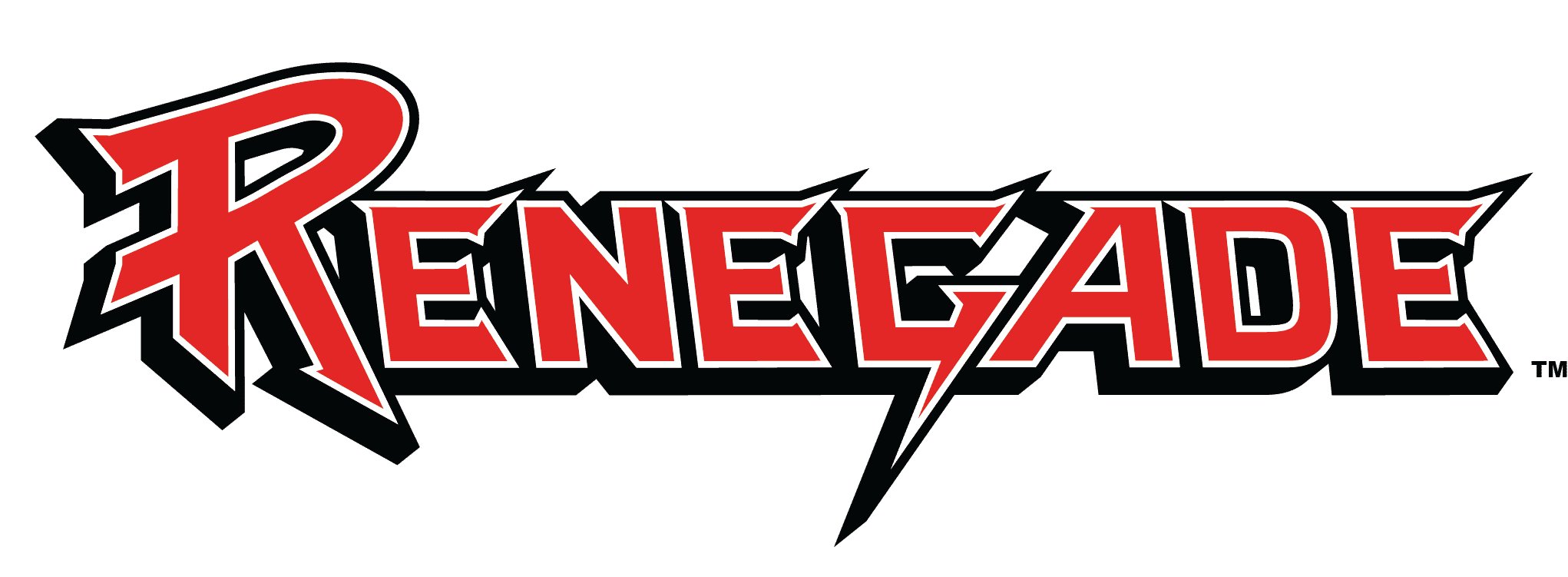Renegade Participated in the 2021 URTeC Conference
Presents new technology to close micro-annular flow, stopping gas from escaping to the surface
In July 2021, Renegade Services participated in the Unconventional Resources Technology Conference (URTeC) at the George R. Brown Convention Center in Houston, Texas. URTeC, sponsored by SPE, AAPG and SEG, welcomed over 4800 attendees, with over 70% in attendance.
The presentation, titled, New Technology Closes Micro-Annular Flow Paths in the Wellbore, Stopping Downhole Gas from Escaping to the Surface was authored by Charles Green, Randy Evans, Brenson Fry and Scott Wruck, all of Renegade Services. The paper was presented by Green.
The paper describes new technology that seals micro-annulus formed in the cement/casing bond of the wellbore. These anomalies create potential flow paths to the surface that can compromise wellbore integrity. This has long plagued oil and gas wells, especially in abandoned wells where methane leaks are common and present an environmental risk. This includes the thousands of ‘orphan’ wells seeping methane that will need to be treated in the future before they are plugged and abandoned.
The key to this innovation is a set of expanding arms that open outward once the tool is actuated downhole. This unique technology expands the casing into the cement, densifying the cement and blocking the path of any unwanted gas flow.
This type of expandable technology is also applicable to other areas of well services and interventions, particularly wellbores that need to be sealed in producing wells. Other areas that could see reduced non-productive time and cost/benefit upside are cementing and drilling intervention operations.
Listen to a Renegade Representative Present the Manuscript
Audio auto-plays in presentation mode – open in PowerPoint App, not on browser
Abstract
New Technology Closes Micro-Annular Flow Paths in the Wellbore, Stopping Downhole Gas from Escaping to the Surface
C. Green*1, R. Evans1, B. Fry1, W. S. Wruck1, 1. Renegade Services
Copyright 2021, Unconventional Resources Technology Conference (URTeC) DOI 10.15530/urtec-2021-5520.
For decades, operators and service companies have attempted to minimize problems impacting aging oil and gas wells. Over time, micro-annulus can form in the cement/casing bond of the wellbore, creating potential flow paths to the surface and compromising wellbore integrity. This has long plagued oil and gas wells, especially in abandoned wells where methane leaks are common and present an environmental risk.
In 2020, the EPA published the Inventory of U.S. Greenhouse Gas Emissions and Sinks 1990-2018. The report states there are over 3.2 million abandoned oil and gas wells in the U.S. Emissions of both CH4 and CO2 increased by 50% from 1990, as the total population of abandoned gas wells increased 79%. If not cemented and plugged property, these wells will continue to release methane gas into the atmosphere.
Numerous applications that attempt to mitigate these issues have been tried with limited success. These include perforate and squeeze cementing, downhole packers, section milling and recementing—all of which are either costly, time-intensive or require a workover rig.
New technology recently confirmed by successful field tests offer promising alternatives. This involves a retractable, expandable mechanical device that induces plastic deformation and elongation of the inner diameter of the casing string. The result is the outer diameter of the casing expanded into the micro-annuli. The associated volume reduction in the annulus closes micro-annuli defects in the cement and results in an overall densification of the cement. This alternative offers rigless remediation of annular gas/fluid migration.
In 2020, Renegade Services utilized this new technology on four wells in the Northeast U.S. for four separate operators (three in Pennsylvania, one in Ohio). All wells exhibited annular gas flow determined by either measured annular flow or pressure. This flow prevented the operator from starting plug and abandon (P&A) operations on the wells. Upon completion of running this new technology, all four wells showed zero gas discharge (on three wells the stoppage was almost immediate; the fourth well showed zero discharge after two weeks). With these results, the state granted approval for the operator to begin P&A operations. This paper will provide detailed analysis of these four wells and show how this new technology can help safely and efficiently prepare older wells for abandonment.
As the unconventional plays of the ‘00s start to mature, wells may begin to exhibit annular gas flow. With this new technology, the associated volume reduction in the annulus closes micro-annuli defects in the cement and results in an overall densification of the cement. This new technology alternative stops seepage and annular flow behind the casing, results in permanent well repair and does not affect casing integrity or burst and collapse pressure ratings.
This type of expandable technology is also applicable to other areas of well services and interventions, particularly wellbores that need to be sealed in producing wells. Other areas that could see reduced non-productive time and cost/benefit upside are cementing and drilling intervention operations as well as the thousands of ‘orphan’ wells seeping methane that will need to be treated in the future before they are plugged and abandoned.
This paper was prepared for presentation at the Unconventional Resources Technology Conference held in Houston, Texas, USA, 26-28 July 2021.
The URTeC Technical Program Committee accepted this presentation on the basis of information contained in an abstract submitted by the author(s). The contents of this paper have not been reviewed by URTeC and URTeC does not warrant the accuracy, reliability, or timeliness of any information herein. All information is the responsibility of, and, is subject to corrections by the author(s). Any person or entity that relies on any information obtained from this paper does so at their own risk. The information herein does not necessarily reflect any position of URTeC. Any reproduction, distribution, or storage of any part of this paper by anyone other than the author without the written consent of URTeC is prohibited.
